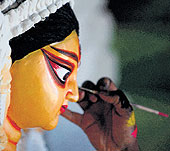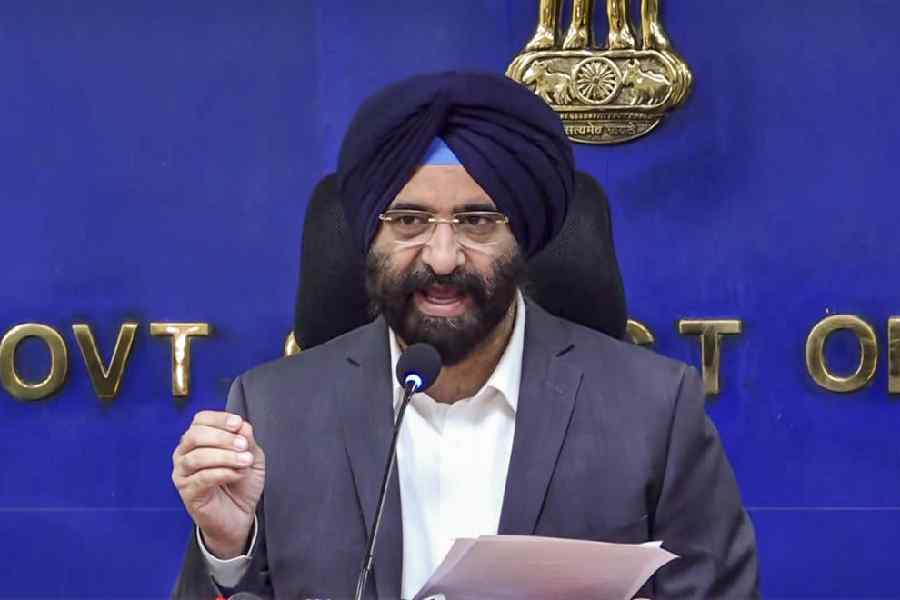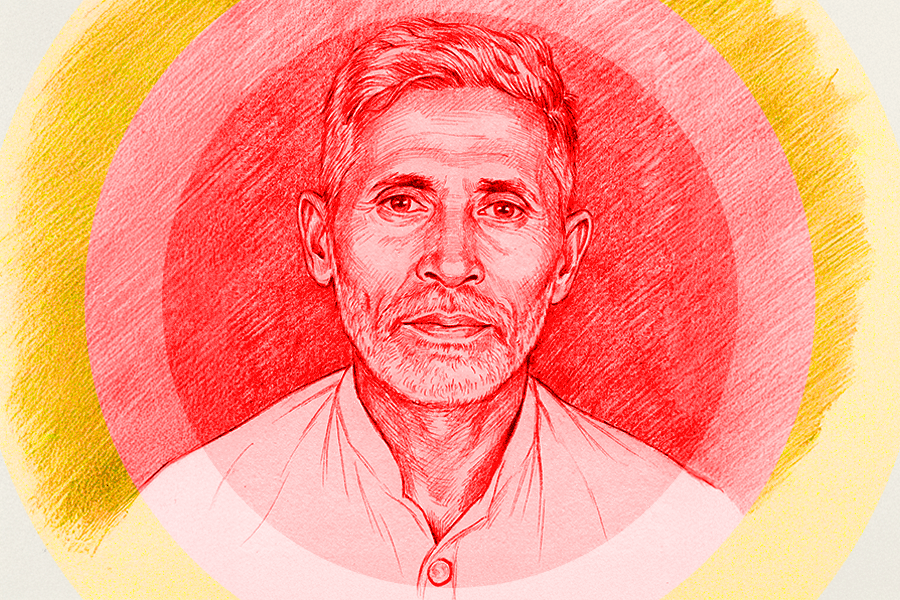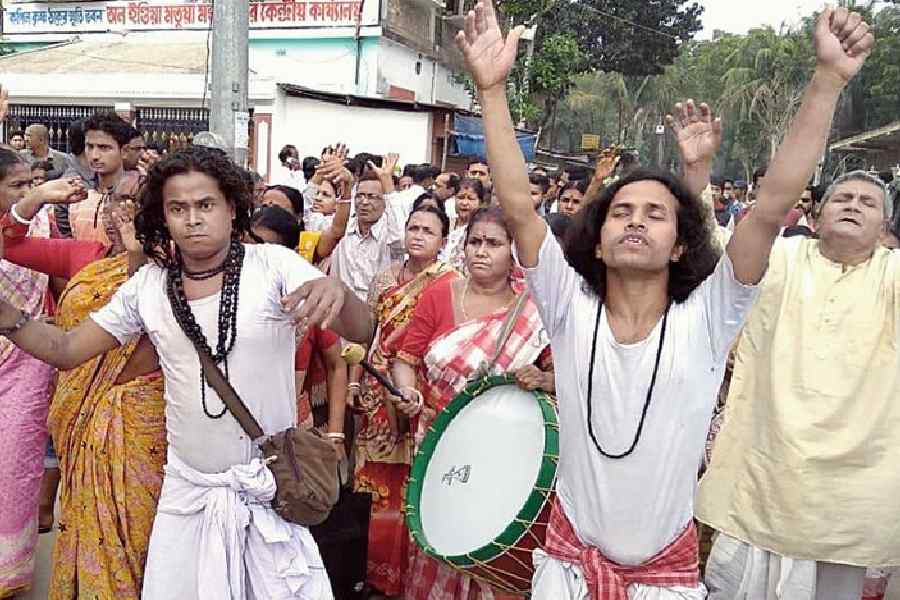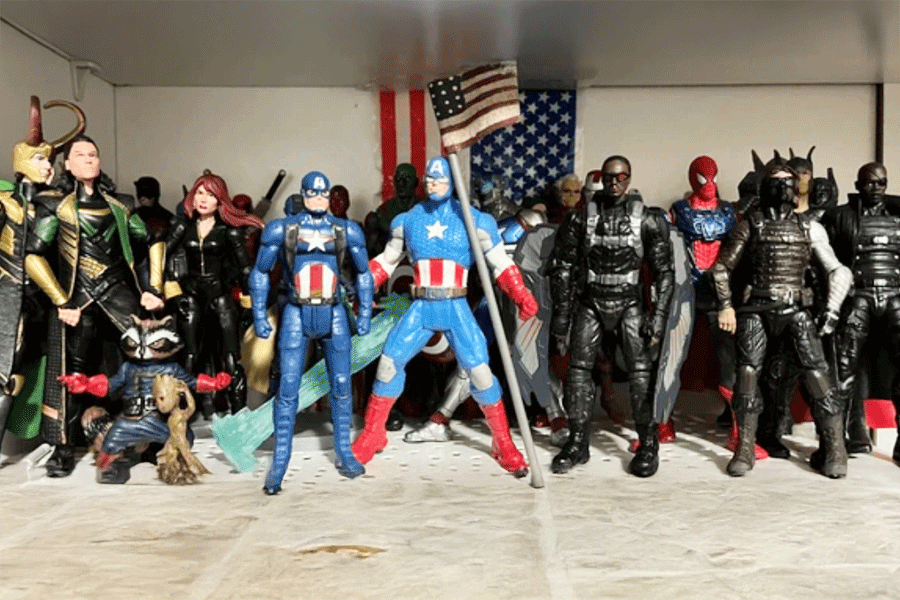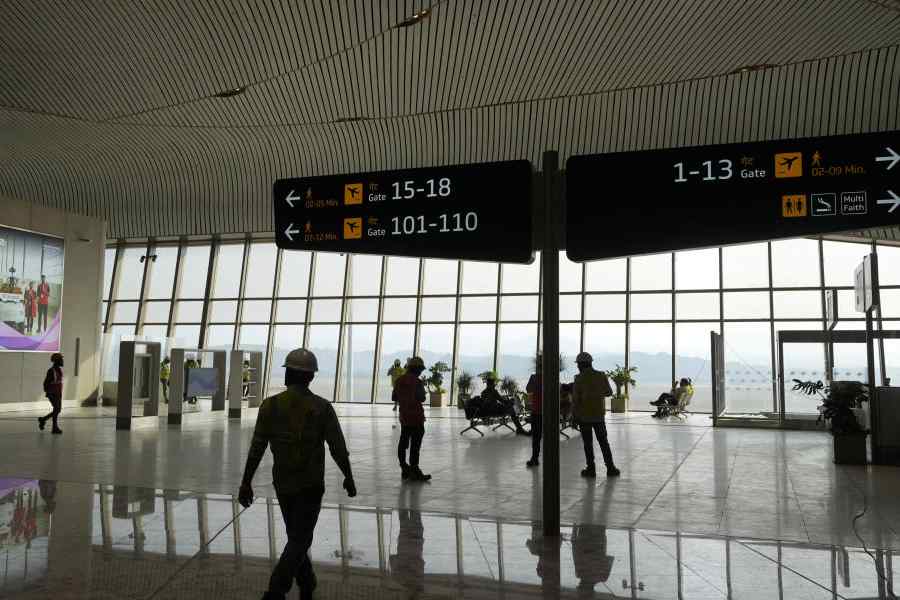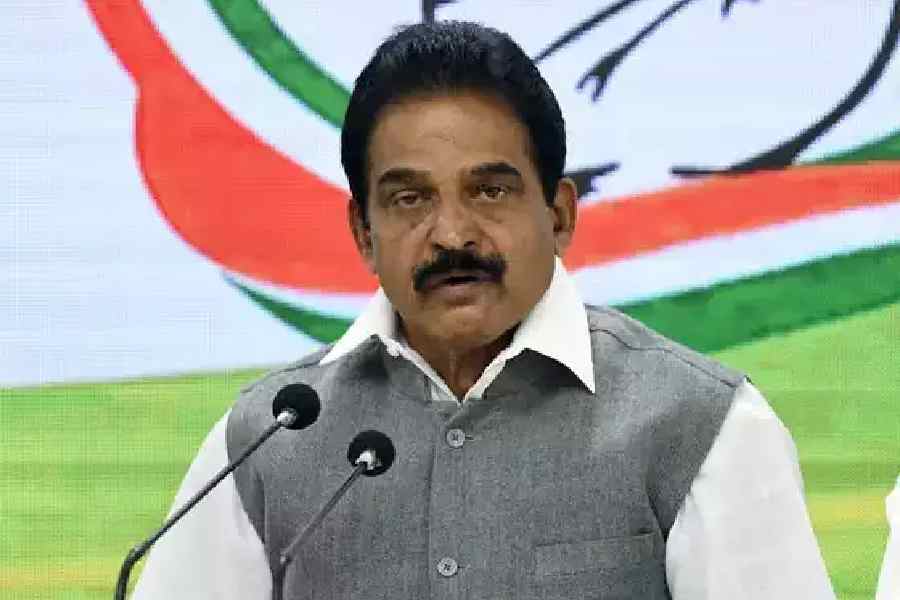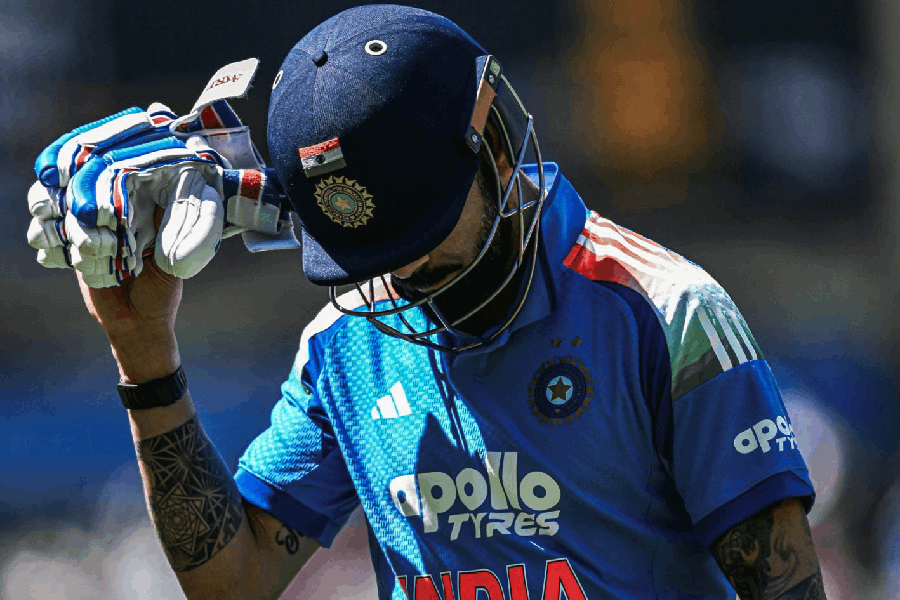 |
| Festive spirit: Goddess Durga |
It was way back in the year 1944, when I was only 10 years old, that I had my most memorable Durga Puja experience.
At the time we lived in a remote village in pre-partition Bengal called Maij Para in what was then Faridpur district of what is now Bangladesh. During the rainy season, it was virtually cut off from the rest of the world by wide stretches of rivers which surrounded it on all sides. The only way to get there was by boat. In summer, the water dried up considerably and we could negotiate certain patches on foot.
My father’s side of the family was considered quite learned at a time when education was not so common. Both my grandfather and father taught at local schools. But school teachers, though well respected, were not well paid. So there was never a lot of money. However, my mother, who was also very well read, came from a wealthy zamindar family, and for my brothers, sisters and me, going for visits to Aam Gram (literally Mango Hamlet), a nearby village where they lived, was a major source of excitement.
I particularly looked forward to going there during Durga Puja, because every year they celebrated it with great pomp and show. It was a 34-year-old tradition. It must have started with someone asking the deity for some boon with the promise that ‘If you do such and such thing for me through divine intervention, I’ll make sure that you’re worshipped every year.’ And according to the superstition, once you started an annual Puja, you couldn’t discontinue it. If you did, someone in the family could die.
But as far as I was concerned, the only thing that died year after year were the goats that were sacrificed to the Goddess. Yes, in the typically grand style of these family Pujas, each year dozens of the poor creatures would be slaughtered. This was one aspect of the celebrations that I hated. Especially because these goats were literally fattened up for the kill. And we children were entrusted with the responsibility of doing the fattening up.
The goats would start arriving weeks and sometimes months before the day of the sacrifice and all the children were assigned their individual goats which they would have to take care of. This included feeding them, washing them and taking them back to their resting place — the goatsheds — at the end of the day.
 |
| The author as a child |
Some of us used to name them, play with them and talk to them as we took them to the fields or beside the riverside to graze. They would almost become like pets to us. Then we had to watch them get dragged to the altar and beheaded. And then finally eaten. As part of the ostentatious celebrations, feasts would be organised with entire villages turning up three to four days in a row to partake of the elaborate meals, which included meat from the sacrifice.
But after that year, all this came to an end — the sacrifices, the feasts and eventually even the family Puja.
In those days, instead of buying the idols from the market at Kumortuli, families invited the kumor or artisan home to stay as a house guest weeks before the Puja, during which time he sculpted the idol. The idol at our Puja was known for its magnificent size. It used to be over 10 feet tall. Every morning as the kumor started his work, we children gathered around him and gaped in awe as he gradually turned a fistful of straw and a huge mass of clay into a perfectly formed, larger-than-life figure. And then came the most intriguing part — the painting of the third eye of the Goddess. The artisan would sit in meditation sometimes for hours and then suddenly in one swift stroke of his paint brush, it would be done.
That year, the kumor went about his work in an unusually secretive manner. My uncles (my mother’s brothers), whom I had never seen interfere too much while the artist was at work, seemed a lot more involved this time, discussing things or whispering instructions. We children tried to eavesdrop, but in vain.
Then just two days before the start of Pujas, the unthinkable happened. The police arrived. They had strict instructions. The Pujas would have to be stopped.
 |
| A dhaki |
Remember, that year was 1944. It was the year that Netaji Subhas Chandra Bose had left the country for the final time. We had heard of his mysterious disappearance, his resurfacing in Germany, his alliance with the Japanese and his formation of the Indian National Army. His speech, “This is Subhas speaking,” moved an entire nation to tears of patriotic joy. There was patriotism in the air and Netaji’s name was on everyone’s lips.
Yes, the police said that they were here to stop the Puja. And then we knew why. The entire village watched with amazement as one by one the idols were unveiled. There they all were — Durga, Lakshmi, Saraswati and Ganesh. But in place of Kartick there was a tall, imposing life-size clay statue of Netaji Subhas Chandra Bose, in full military gear. And in place of Asura, the demon, there was the head of a British military general, being mauled by Durga’s lion.
I don’t know how the news had reached the police, but they threatened us with dire consequences if the Puja were to take place. But still I guess they were afraid to destroy the idols — after all they were also Indians. So they wrapped them up in cloth and had them taken away.
Everyone said that the Puja must be performed in order to ward off bad luck. But in two days what was one supposed to do? That year, for the first time, the Puja was performed without the idols. In its place, there was a holy vessel or a ghot Puja.
It goes without saying that, that year — and ever since then — there were no animal sacrifices or feasts. The Puja too fizzled out gradually and then, of course, Partition took place.
In my 72 years, I have witnessed many Pujas, but none of them have made a deeper impression on me than the Puja of 1944.

